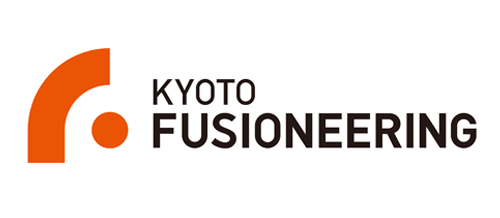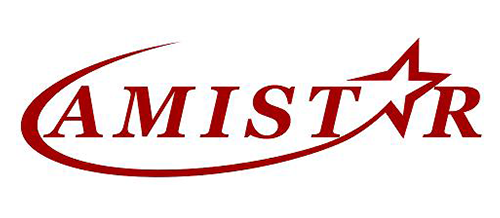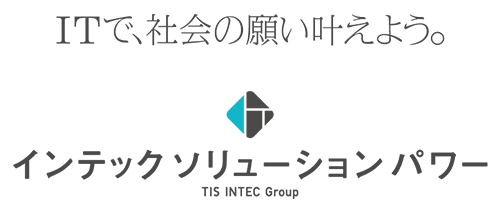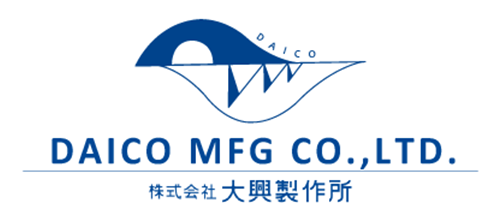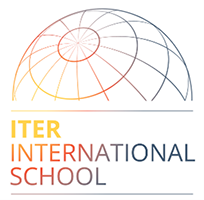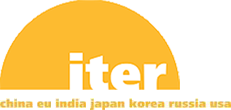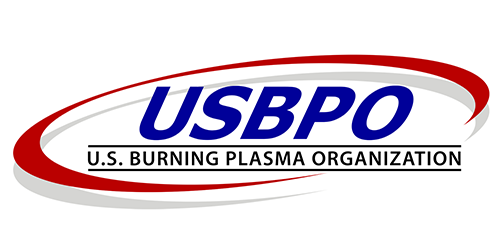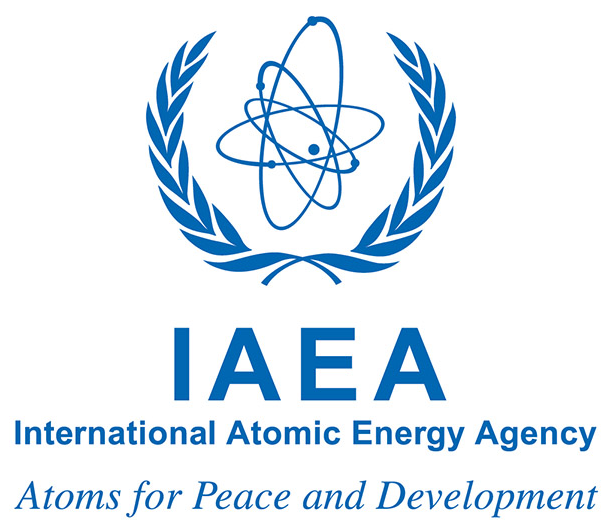


The meeting was successfully completed!!
Thank you for your participation.
A report on the event is posted on the ITER Newsline.
https://www.iter.org/node/20687/magnetic-fusion-diagnostics-and-data-science
Information
Important Dates
- Pre-registration Open: May 15, 2024
- Pre-registration Close:
September 1, 2024September 10, 2024 - Notification of Acceptance:
September 20, 2024September 30, 2024 - Deadline for Payment (complete registration):
October 20, 2024October 30, 2024 - Program Available: TBA
- IIS2024: December 9-13, 2024
ABOUT ITER INTERNATIONAL SCHOOL (IIS)
In a world where energy production is becoming more and more critical due to the consumption of available resources and due to the need of minimizing carbon emission, nuclear fusion becomes the most promising candidate for the future of energy, as it is safe, limitless and clean. Current nuclear fusion research is based on the collaborative effort of an international community spread over 35 countries around the world that is based on the ITER project. This is a major project that is crucial to advancing the science of fusion and preparing the road to the commercial reactor.
The ITER International School (IIS) responds to the need for training in this critical energy context, where fusion research is a cornerstone for the success of a large-scale project and international impact. The IIS has naturally become a global reference in the ITER project. The ITER International School aims to prepare young scientists and engineers for working in the field of nuclear fusion and in research applications associated with the ITER Project. The adoption of a “school format” was a consequence of the need to prepare future scientists and engineers on a range of different subjects and to provide them with a wide overview of the interdisciplinary skills required by the ITER project.
The 13th ITER International School (IIS) will be held from 9 to 13 Dec 2024, hosted by National Institute for Fusion Science in Nagoya, Japan.
The subject of the 2024 school is "Magnetic fusion diagnostics and data science”. Diagnostics are key to the achievement of ITER fusion power demonstration goals and they require the application of a wide range of techniques. But diagnostics are not enough to ensure ITER’s success, only through advanced analysis of the data they provide will it be possible to guide the experiments towards their fusion power goals. It is timely to address these multidisciplinary areas in the ITER school.
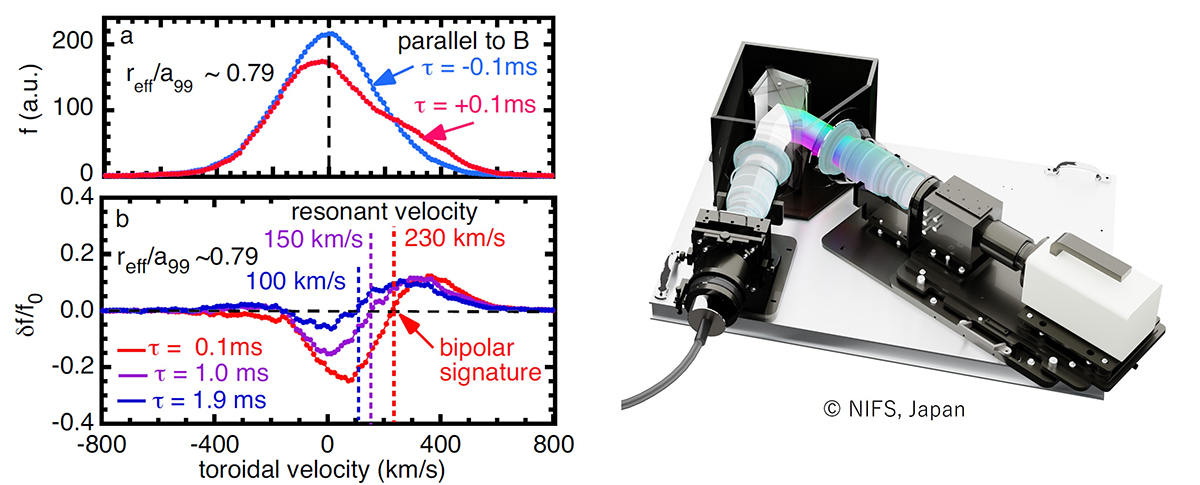
directly observed by NIFS CXS system(right).
(left : K.Ida et al., Communications Physics (2022) 5-228, © The Author(s). Published by Nature Portfolio. CC BY 4.0.)
IIS HISTORY
The first ITER School was organized in July 2007 in Aix-en-Provence, France, and focused on turbulent transport in fusion plasmas. Eleven subsequent schools have followed focused on different subjects: in 2008 in Fukuoka, Japan, on magnetic confinement; in 2009 in Aix-en-Provence, on plasma-surface interactions; in 2010 in Austin, USA, on Magneto-Hydro-Dynamics (MHD); in 2011 in Aix-en-Provence, on MHD and energetic particles; in 2012 in Ahmedabad, India, on radio-frequency heating; in 2014 in Aix-en-Provence, on High Performance Computing in fusion science; in 2016 in Hefei, China, on transport and pedestal physics in tokamaks; in 2017 in Aix-en-Provence on physics of disruptions and control; in 2019 in Daejeon, Korea on the physics and technology of power flux handling; in 2022 in San Diego, USA on ITER plasma scenarios and control and, finally, in 2023 in Aix-en-Provence, on the impact of energetic particles in fusion plasmas.
More information about past schools can be found here.
https://www.iter.org/education/iis






